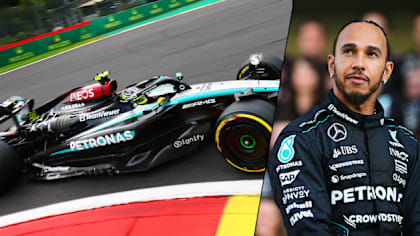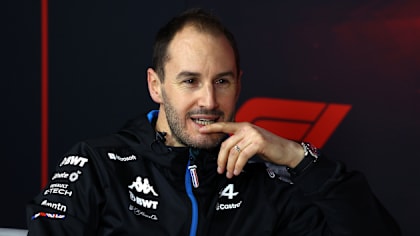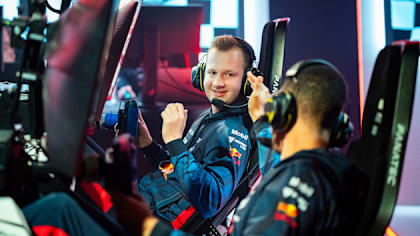
Technical
TECH TUESDAY: Why Ferrari have bucked the trend with their 'odd one out' nose concept

Share

One of the most visually arresting themes of the 2020 crop of cars was the widescale adoption of the narrow nose. Up until this year, there seemed to be competing philosophies on this: Mercedes had for a long time led the way with the needle nose, with Ferrari and Red Bull in the opposing wide nose camp. But for this year only Ferrari have stayed with the wide nose. Red Bull, Renault and others have become converts to the narrow nose.
READ MORE: How Red Bull forced a last-minute Mercedes design tweak
There are pros and cons to each, concerning aerodynamics, weight and packaging. Aerodynamically, the nose’s upsweep (when seen side-on, in profile) creates a low air pressure zone beneath it, causing the airflow to accelerate as it heads for the underfloor (and, at the edges, towards the barge boards). The faster the airflow, the greater the downforce. The airflow speed is only nominally related to the car’s speed over the ground. Manipulation of air pressures can induce the air to pass over the surfaces at many times the speed of the car – and this is the key to creating downforce, which squares with airflow speed.
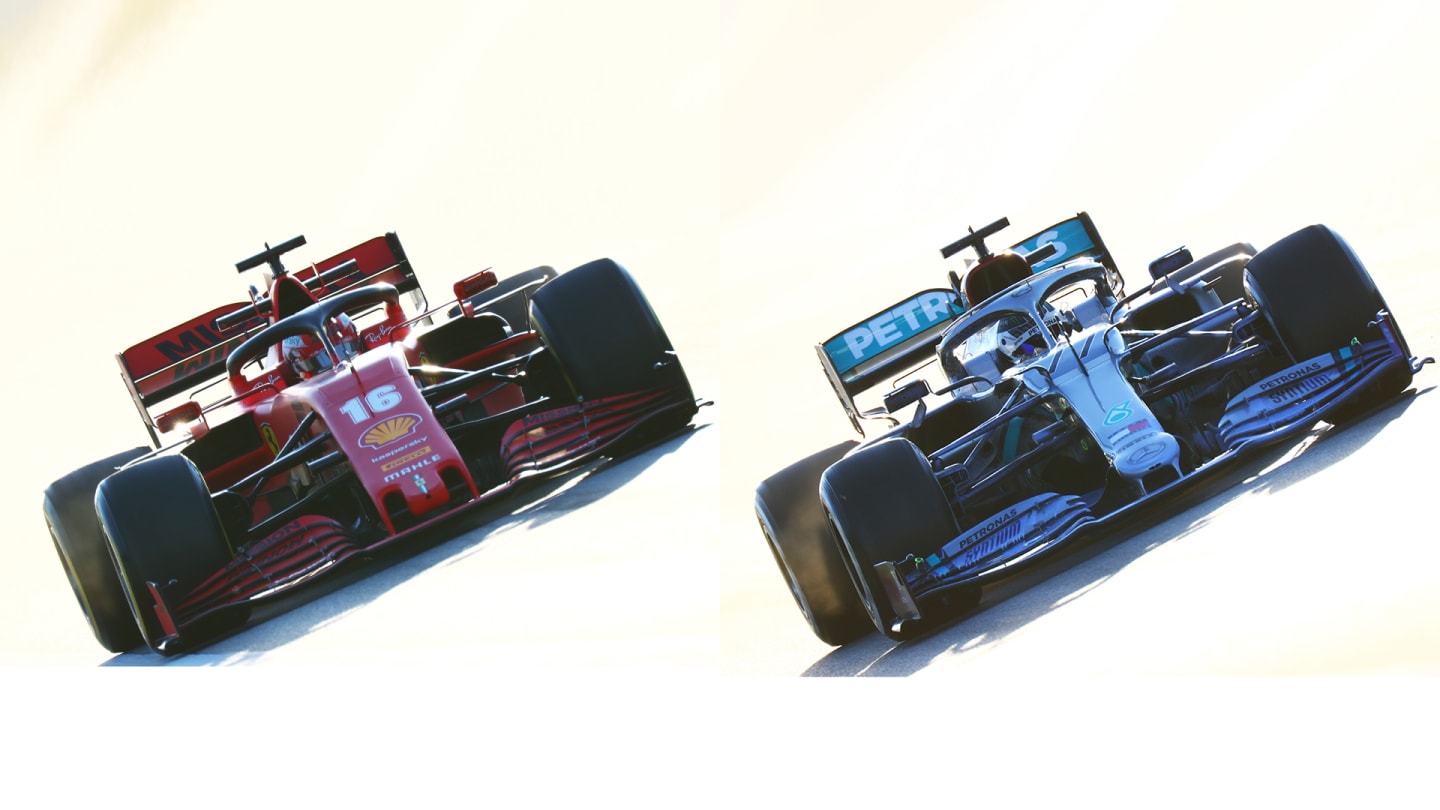
Dramatic differences in width between the noses of the Mercedes W11 and the Ferrari SF1000 - which could yield dramatically different results...
The downforce created is generally a multiplication of the surface area and the airflow speed. The wide nose creates a greater surface area with which to accelerate the airflow. It can, in theory, accelerate more air. But it tends to be prone to stall, especially at low car speeds. When the airflow falls below a critical speed, it can leave parts of the under-nose area unenergised in a dead zone – leading to loss of control of the flow. The wide nose tends to work better at higher speeds.
The narrow nose seems to offer better control of the aerodynamics at low speed and generally, therefore, more consistent slow corner grip. From the perspective of surface area x airflow speed, the narrow nose offers less surface area, but can more easily induce high airflow speed. As a further benefit, the narrower dimensions leave more space to fit in airflow turning vanes further forwards, so more easily turning the air where it needs to be directed.
To get a narrow nose through the crash test invariably requires it to be heavier than the wider nose, with a denser structure, as the impact loads are obviously spread over a much smaller area. This will mean less ballast is available to vary the weight distribution from circuit to circuit as required.
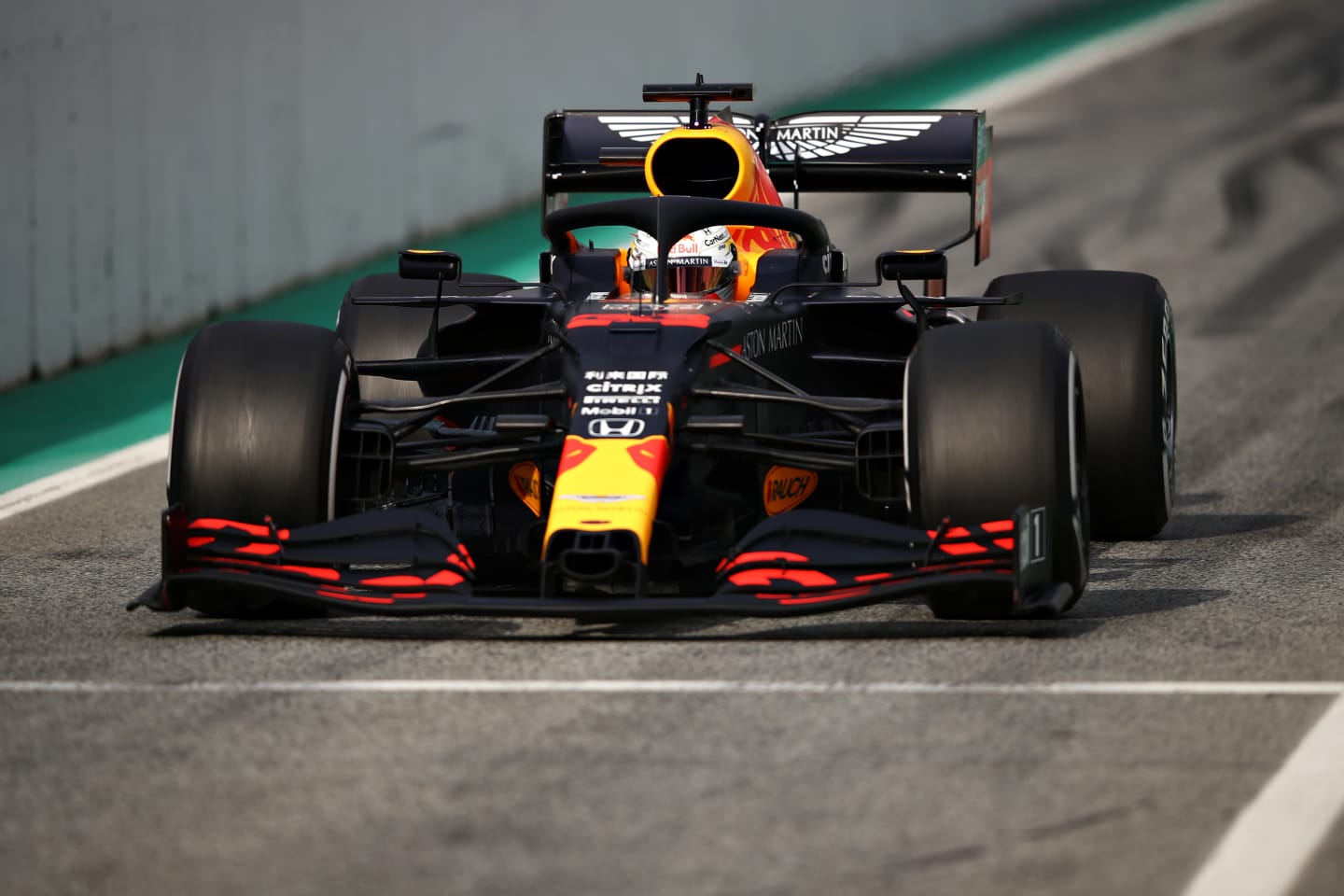
Red Bull previously favoured a wide nose design, but the RB16's is much narrower than its predecessor
But perhaps the most fundamental impact of the aerodynamic choice between wide and narrow nose is that of the packaging. This part of the car – with suspension systems, steering, brakes, hydraulic reservoirs – is incredibly mechanically dense. There is so much to fit into a very confined space.
READ MORE: Exploring the suspension layouts that could give Mercedes and Red Bull the edge
Mercedes have been challenged in keeping to their slim nose philosophy by their adoption of the DAS steering system, but have managed to squeeze it in, partly by re-siting the upper wishbone attachment point. Red Bull have only been able to switch to the slim nose concept through a wholesale rearrangement of mechanical components, notably by re-siting the steering and reservoirs behind the bulkhead of the nose - which, unfortunately for Red Bull, has made it unfeasible to incorporate DAS.
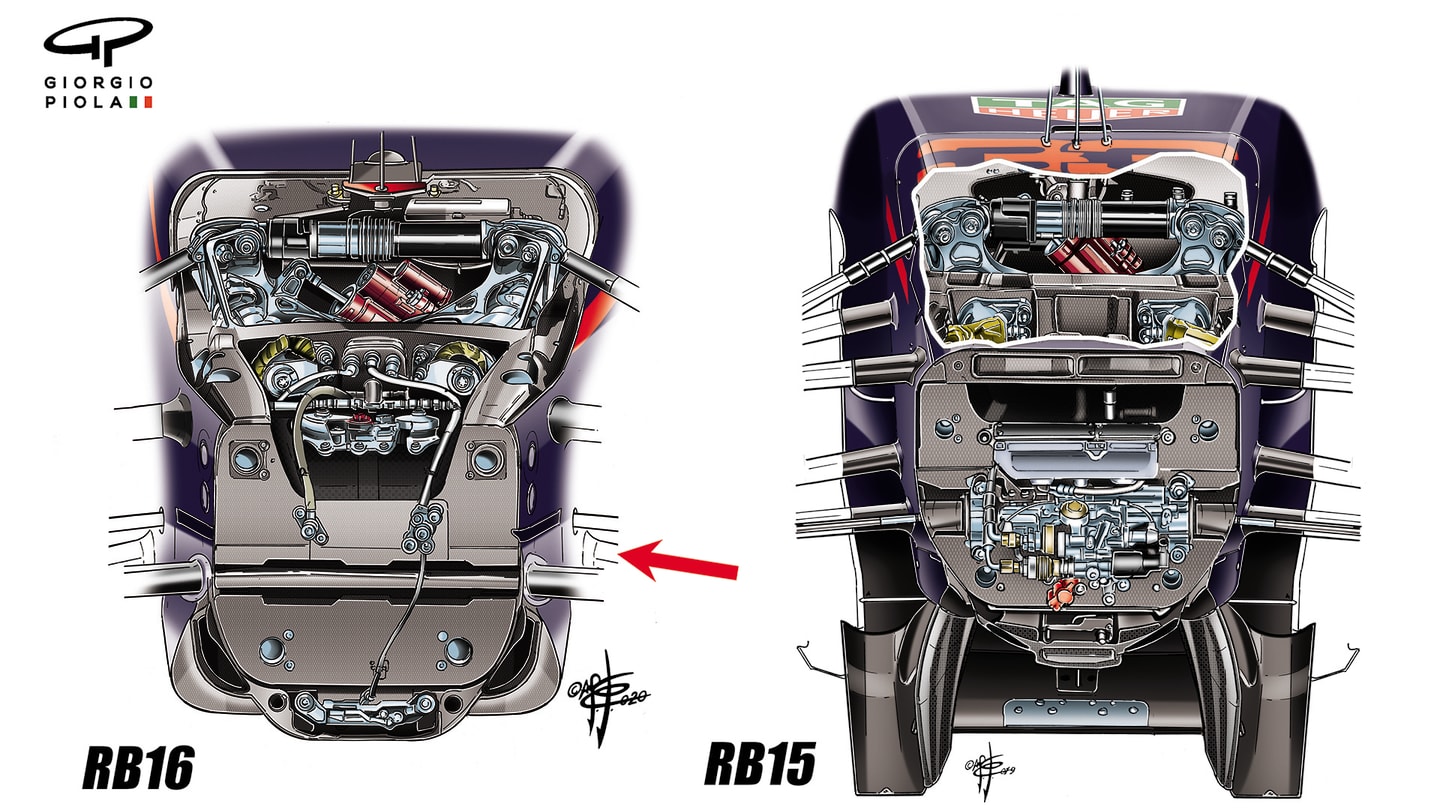
Red Bull's nose has undergone a dramatic repackaging that could mean incorporating DAS is out of the question
Ferrari, having prioritised research on what was to have been their 2021 car (now 2022), opted not to make radical changes. Essentially, they have continued the philosophy of their 2017 car through those of ’18, ’19 and ’20. This is reflected in the current front suspension which is quite simple in layout compared to that of their two main rivals. It can be seen how the wider nose affords more accessible suspension adjustment.
Among a field of slim-nose rivals, the Ferrari suddenly looks the ‘odd one out’. But invariably, there is more than one way to skin a cat.

Ferrari have stuck with the wider nose, which makes packaging easier - and now the Scuderia are the 'odd ones out'...
YOU MIGHT ALSO LIKE
News Drugovich to remain as Aston Martin Test and Reserve Driver in 2025
News ‘It’s what you’ve brought’ – Wolff tells Hamilton Mercedes will continue with black on car livery
News ‘There’s no magic’ – Oakes outlines Alpine’s approach to 2025 season as teams get set for ‘big compromise’
Feature Everything you need to know about the 2025 F1 Sim Racing World Championship


